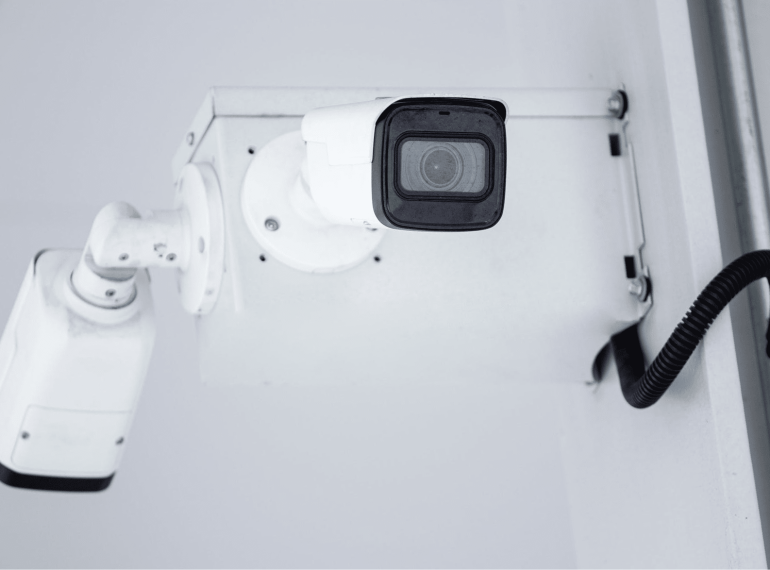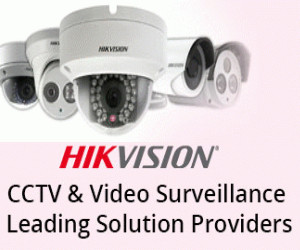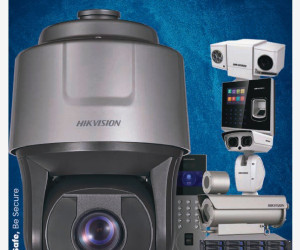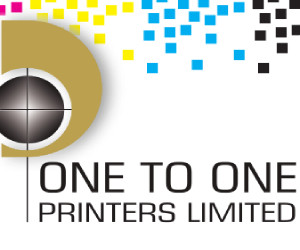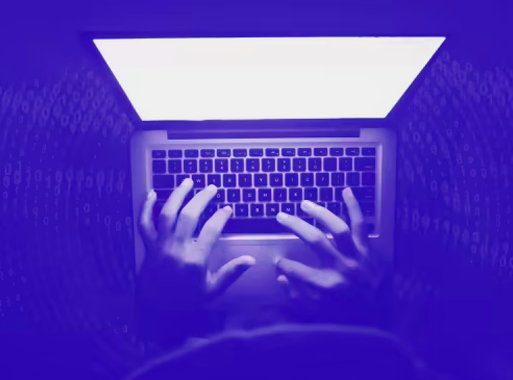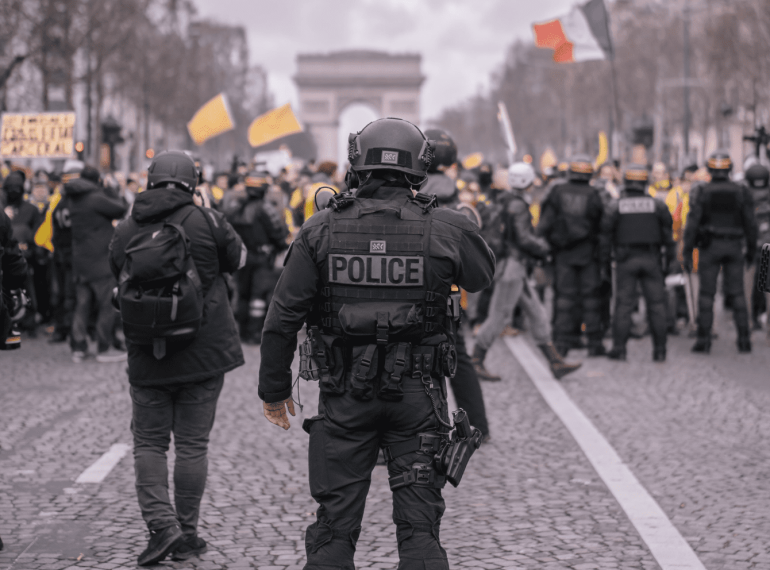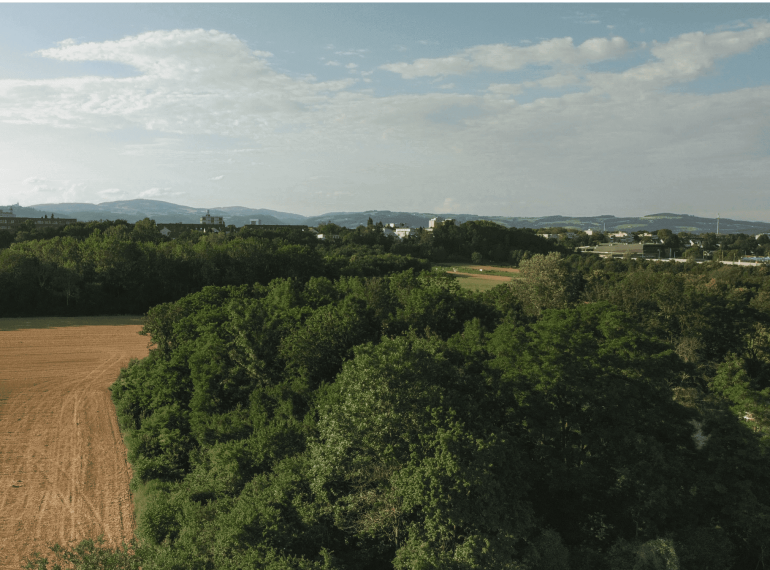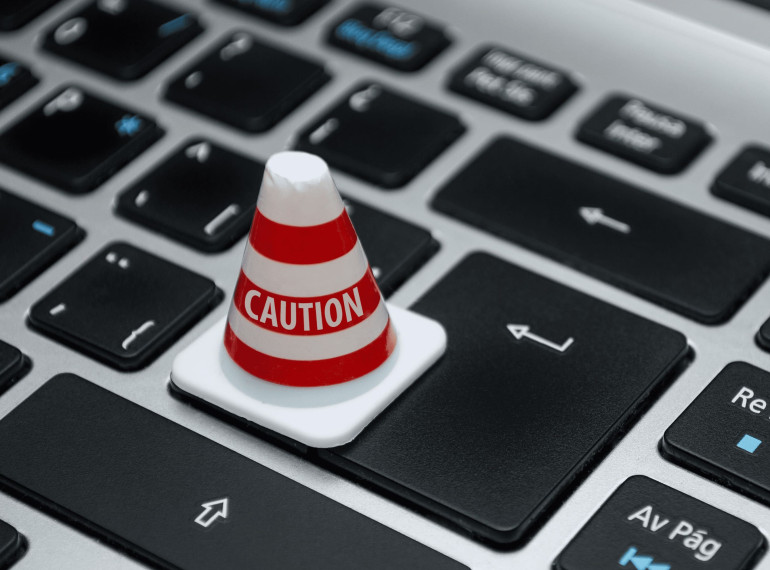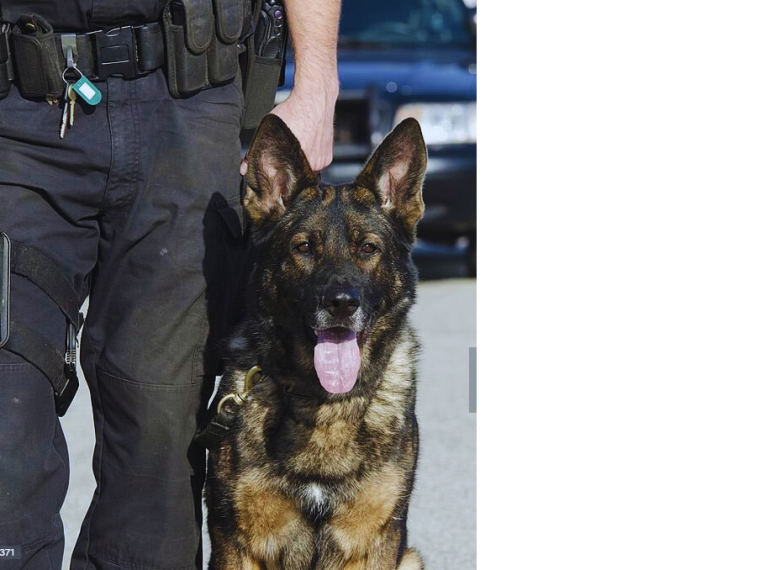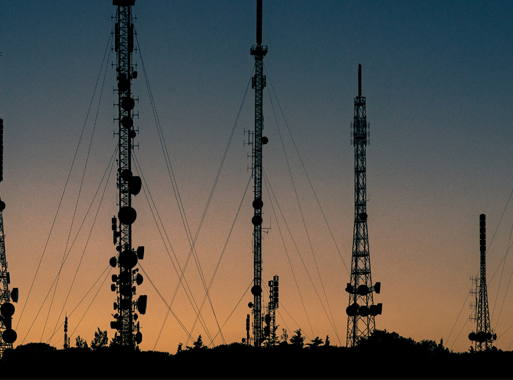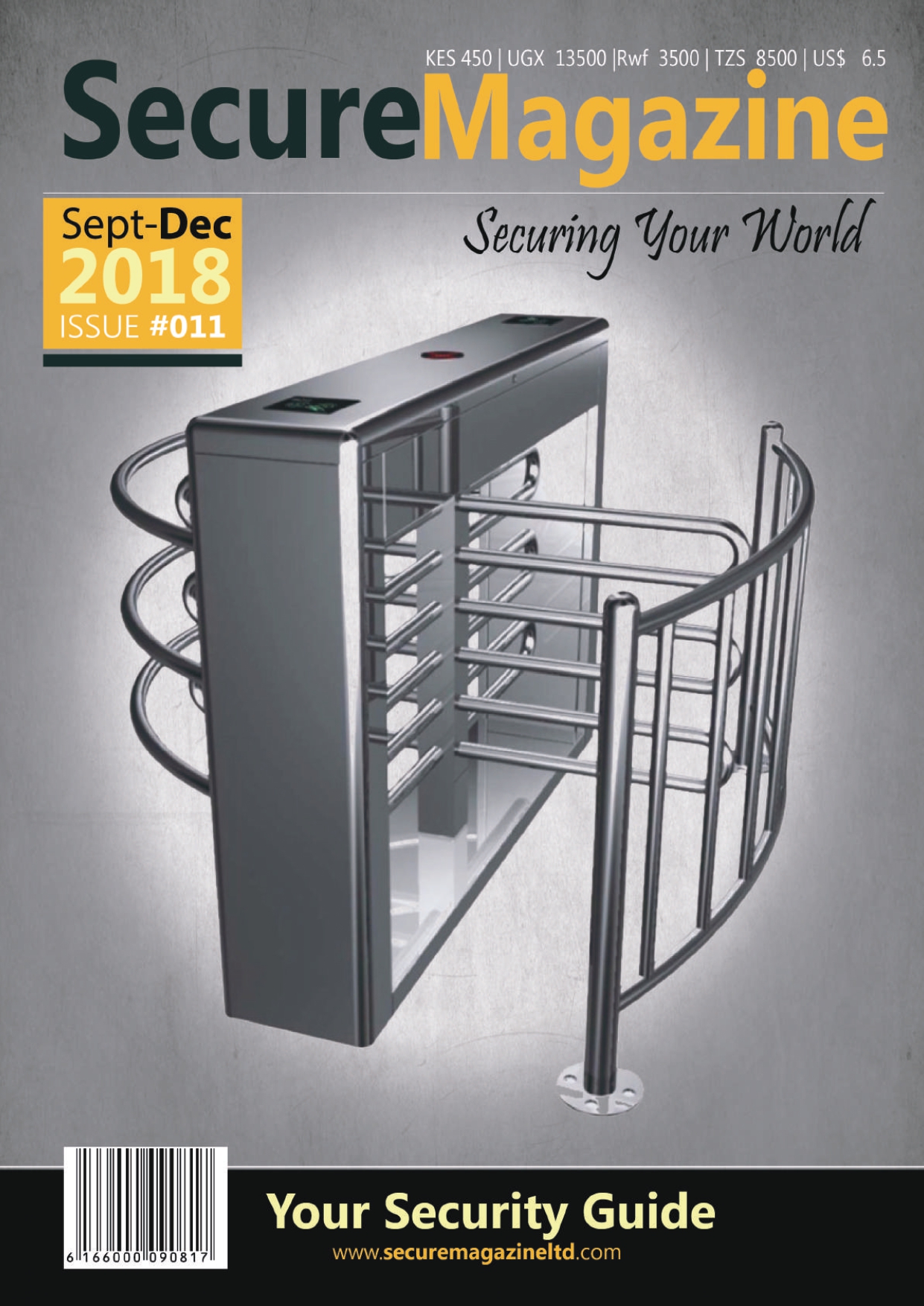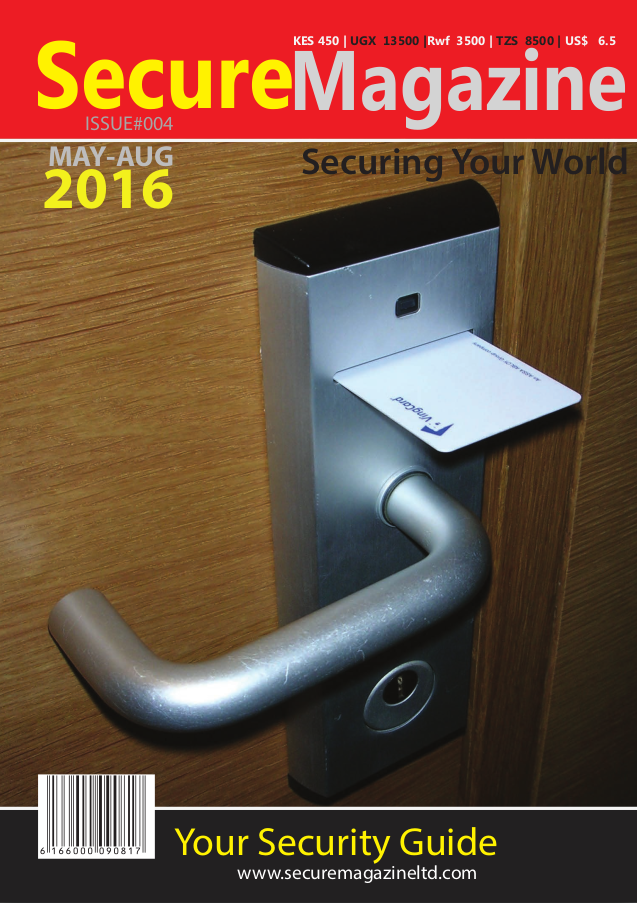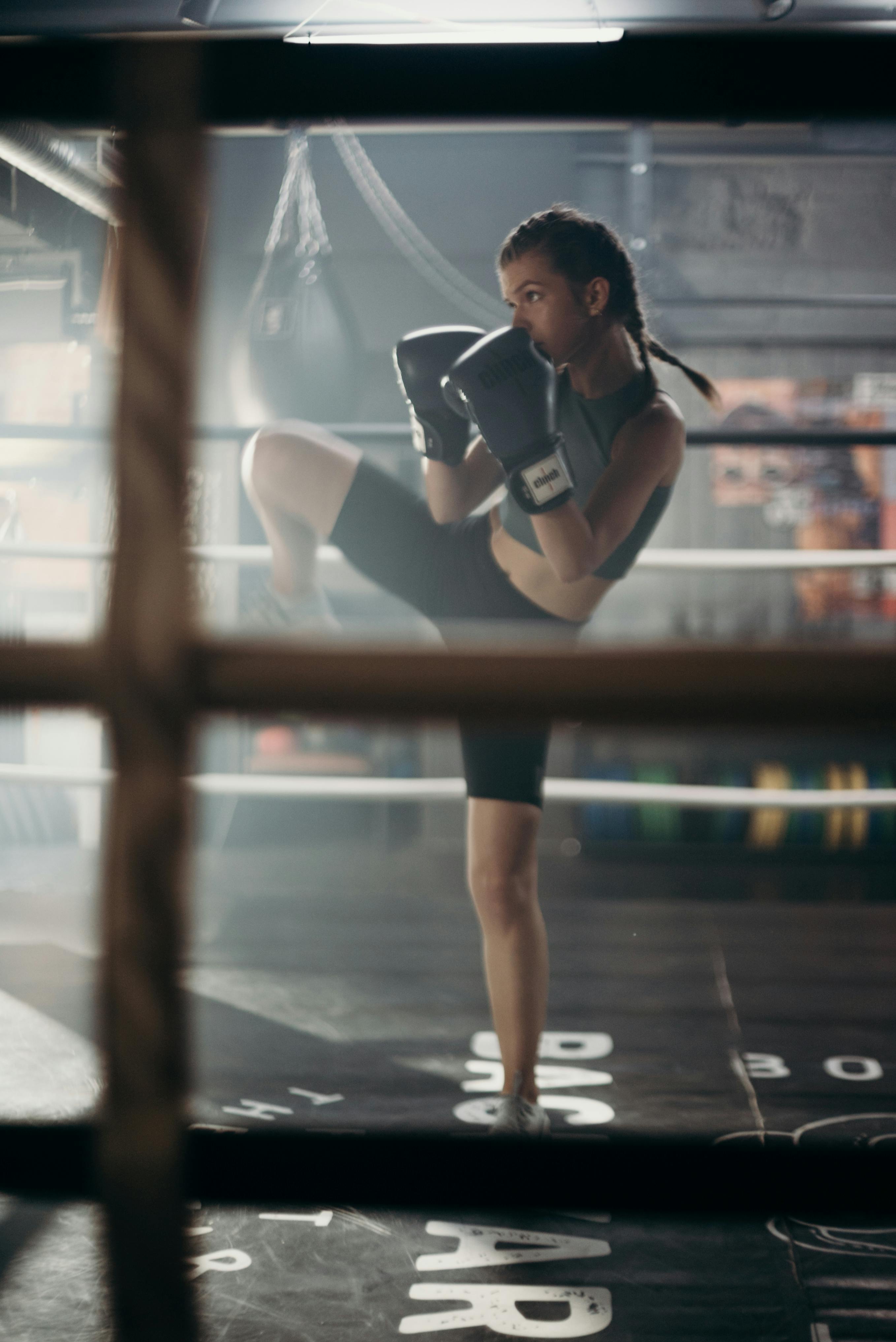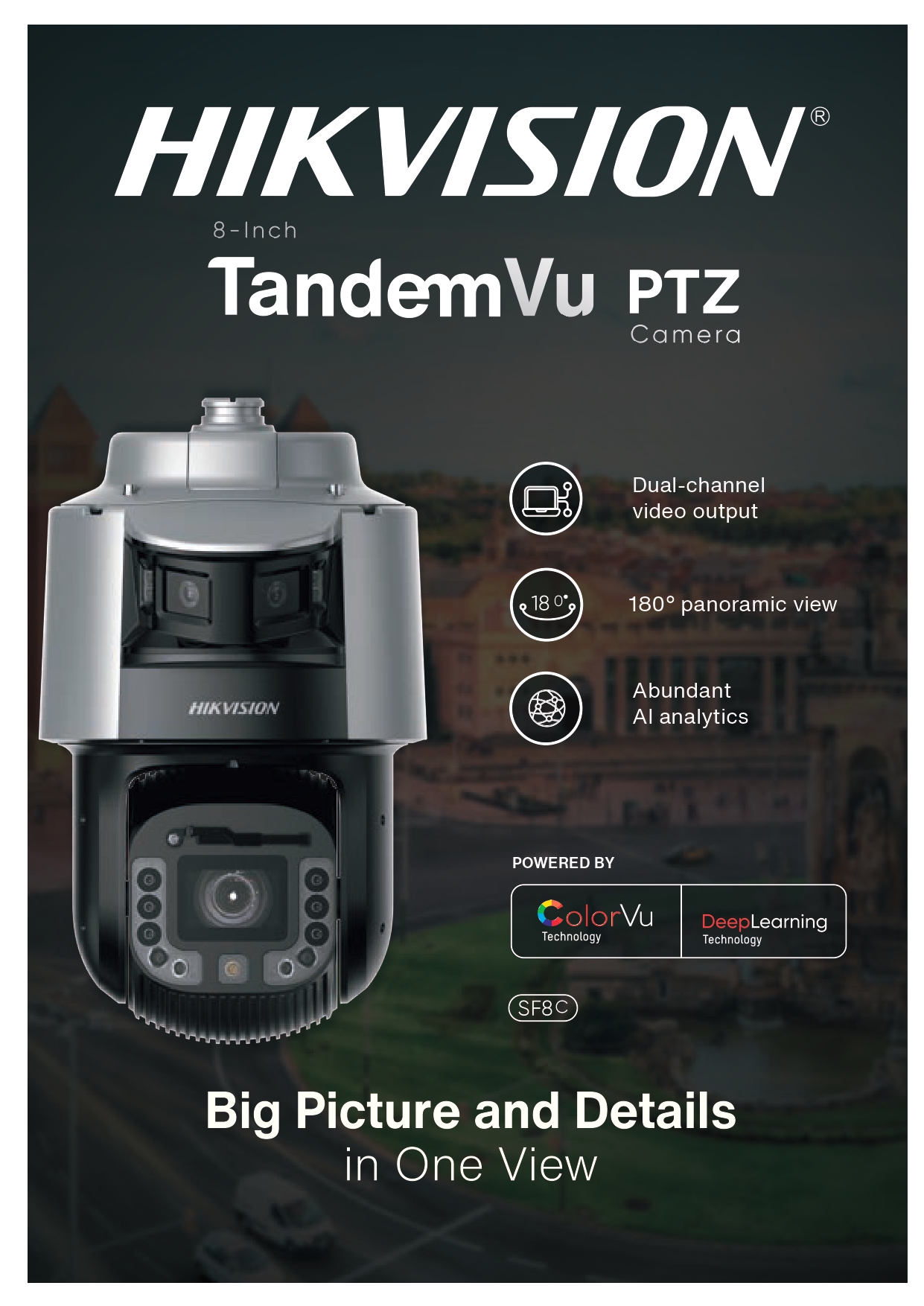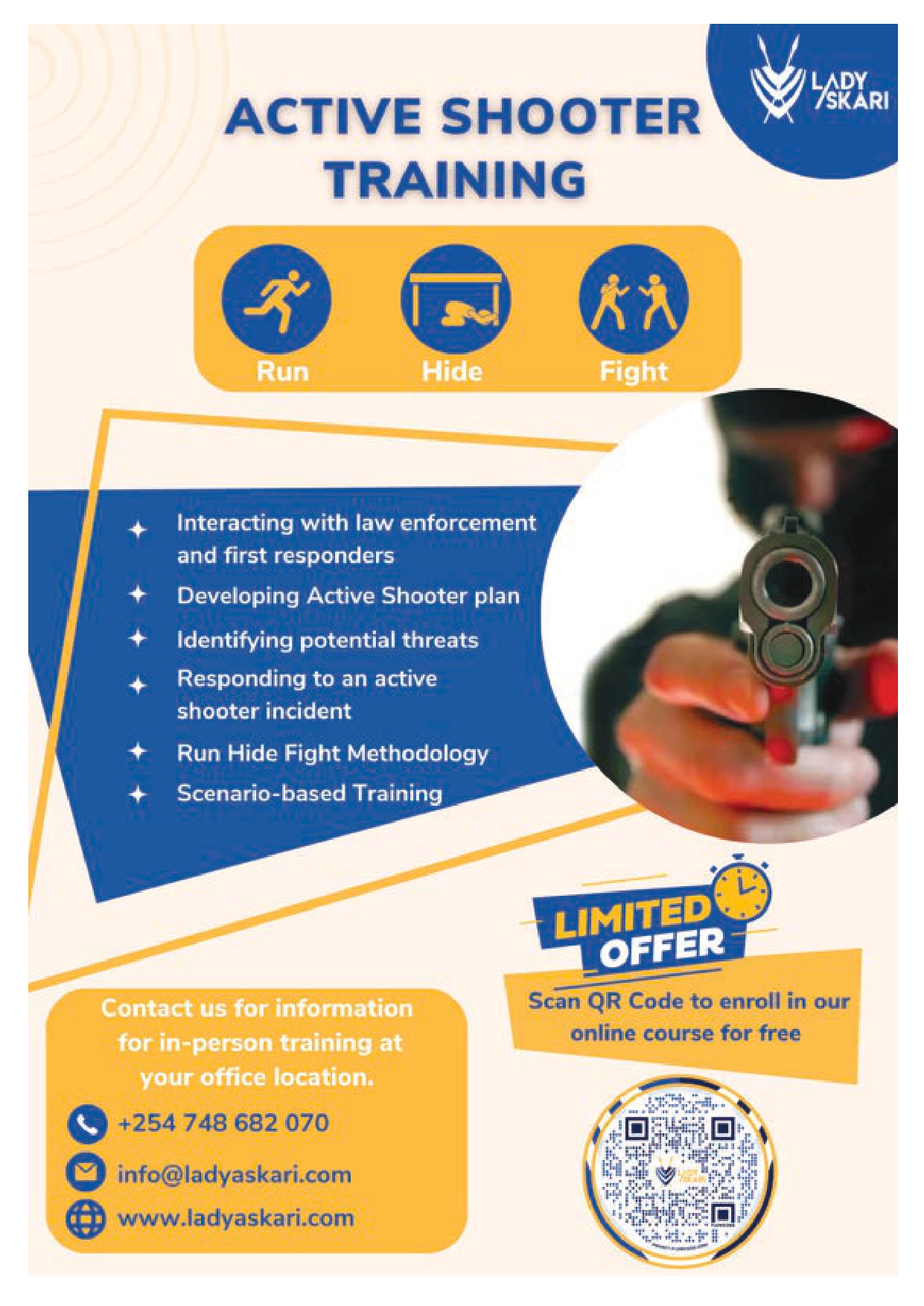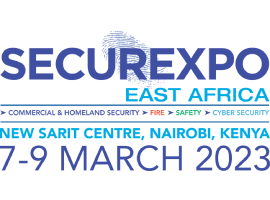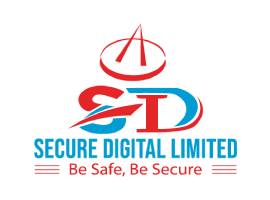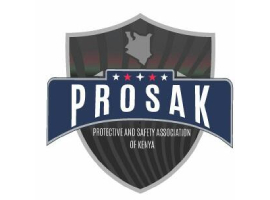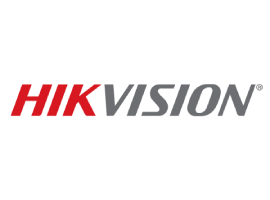As concerns over safety and security continue to rise, many educational institutions have turned to Closed-Circuit Television (CCTV) surveillance systems as a means of enhancing student and staff safety. However, the implementation of such systems has sparked a debate regarding the balance between security and personal privacy.
This article delves into the merits and potential drawbacks of CCTV surveillance in schools, analyzing whether it is a necessary measure or an invasion of privacy. Enhancing School Security The primary motivation behind installing CCTV surveillance systems in schools is to enhance security. Cameras placed strategically throughout the premises can deter potential intruders, monitor unauthorized access to restricted areas, and promptly detect and respond to incidents such as vandalism, bullying, or theft. In emergency situations, CCTV footage can provide valuable evidence and aid in the investigation. The presence of surveillance systems can also instill a sense of security among students, parents, and staff, fostering a conducive learning environment.
Balancing Privacy and Security While the intention to ensure safety is commendable, concerns have been raised regarding the potential infringement on personal privacy. The constant monitoring of students and staff raises questions about the right to privacy and the potential for abuse or misuse of the collected data. It is crucial to strike a balance between maintaining a secure environment and respecting the privacy rights of individuals within the school community.
Clear policies and guidelines regarding CCTV usage, data retention, and access restrictions must be established to mitigate privacy concerns. Addressing Privacy Issue To address privacy concerns, schools implementing CCTV surveillance systems must adopt a transparent and responsible approach.
Firstly, clear and accessible signage should be placed to inform students, staff, and visitors about the presence of cameras and the purpose of surveillance. This ensures that individuals are aware of being monitored and promotes accountability. Secondly, strict protocols should be in place to govern access and storage of CCTV footage. Only authorized personnel should have access to the recorded data, and retention periods should be clearly defined. Regular audits and oversight mechanisms can help ensure compliance and prevent misuse of the collected information.
Furthermore, it is essential to train staff on the responsible and ethical use of surveillance systems. Proper training should emphasize the importance of respecting privacy, adhering to policies, and using the footage solely for security purposes. This education will help mitigate the risk of unauthorized access or unwarranted intrusion into personal lives.
Conclusion
CCTV surveillance systems can undoubtedly contribute to the safety and security of schools, helping to deter potential threats and ensure prompt response to incidents. However, the implementation of such systems must be accompanied by robust privacy safeguards and responsible practices. Striking the right balance between security and privacy is crucial, ensuring that students and staff feel safe while respecting their right to privacy. By adopting transparent policies, providing clear guidelines, and fostering a culture of responsible use, schools can maximize the benefits of CCTV surveillance while minimizing potential privacy concerns
This article delves into the merits and potential drawbacks of CCTV surveillance in schools, analyzing whether it is a necessary measure or an invasion of privacy. Enhancing School Security The primary motivation behind installing CCTV surveillance systems in schools is to enhance security. Cameras placed strategically throughout the premises can deter potential intruders, monitor unauthorized access to restricted areas, and promptly detect and respond to incidents such as vandalism, bullying, or theft. In emergency situations, CCTV footage can provide valuable evidence and aid in the investigation. The presence of surveillance systems can also instill a sense of security among students, parents, and staff, fostering a conducive learning environment.
Balancing Privacy and Security While the intention to ensure safety is commendable, concerns have been raised regarding the potential infringement on personal privacy. The constant monitoring of students and staff raises questions about the right to privacy and the potential for abuse or misuse of the collected data. It is crucial to strike a balance between maintaining a secure environment and respecting the privacy rights of individuals within the school community.
Clear policies and guidelines regarding CCTV usage, data retention, and access restrictions must be established to mitigate privacy concerns. Addressing Privacy Issue To address privacy concerns, schools implementing CCTV surveillance systems must adopt a transparent and responsible approach.
Firstly, clear and accessible signage should be placed to inform students, staff, and visitors about the presence of cameras and the purpose of surveillance. This ensures that individuals are aware of being monitored and promotes accountability. Secondly, strict protocols should be in place to govern access and storage of CCTV footage. Only authorized personnel should have access to the recorded data, and retention periods should be clearly defined. Regular audits and oversight mechanisms can help ensure compliance and prevent misuse of the collected information.
Furthermore, it is essential to train staff on the responsible and ethical use of surveillance systems. Proper training should emphasize the importance of respecting privacy, adhering to policies, and using the footage solely for security purposes. This education will help mitigate the risk of unauthorized access or unwarranted intrusion into personal lives.
Conclusion
CCTV surveillance systems can undoubtedly contribute to the safety and security of schools, helping to deter potential threats and ensure prompt response to incidents. However, the implementation of such systems must be accompanied by robust privacy safeguards and responsible practices. Striking the right balance between security and privacy is crucial, ensuring that students and staff feel safe while respecting their right to privacy. By adopting transparent policies, providing clear guidelines, and fostering a culture of responsible use, schools can maximize the benefits of CCTV surveillance while minimizing potential privacy concerns
